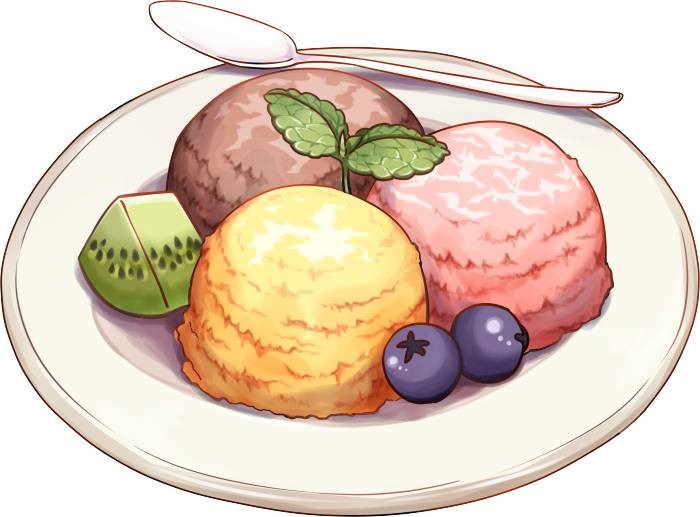STEC Archives, Digital Document Division
May 1st, 1989
Correspondence no. 1014
Sender: Marblehead, Shipgirl
Recipient: Staff No. 4, Department of Historical Research, STEC Archives.
We have access to CIA stuff right? Did you look there?
Correspondence no. 1242
Time: XX:XX
Sender: Staff No. 4, Department of Historical Research, STEC Archives.
Recipient: Marblehead, Shipgirl
Ms. Marby,
Yes we did. The individual you’re researching is in our own archive records as Agent no. 1863. After said event he was rotated to a clerical position and performed his job dutifully though without additional note. His employment was terminated on April 15th, 1961 and Agent no. 1863 was subsequently institutionalized at the Manhattan Psychiatric Center. He passed away two days after.
Correspondence no. 1245
Time: XX:XX
Sender: Marblehead, Shipgirl
Recipient: Staff No. 4, Department of Historical Research, STEC Archives.
Not helpful. Again, I am looking for information pertaining to a top secret hearing carried out by the House Un-American Activities Committee. The hearing occurred in 1961 over suspected ties and/or communist sympathizers of the U.S. Department of Agriculture. Agent no. 1863 was the sole source from a major intelligence agency since, well, LITERALLY nothing happened. But you know they wanted to make sure of that.
Correspondence no. 1356
Time: XX:XX
Sender: Staff No. 4, Department of Historical Research, STEC Archives.
Recipient: Marblehead, Shipgirl
Ms. Marby,
Do you mean the one involving Ms. Iowa? I’ve attached it here.
Correspondence no. 1358
Time: XX:XX
Sender: Marblehead, Shipgirl
Recipient: Staff No. 4, Department of Historical Research, STEC Archives.
YES! THANKS
Correspondence no. 1361
Time: XX:XX
Sender: Marblehead, Shipgirl
Recipient: Staff No. 4, Department of Historical Research, STEC Archives.
Wait, is this it?
Correspondence no. 1450
Time: XX:XX
Sender: Staff No. 4, Department of Historical Research, STEC Archives.
Recipient: Marblehead, Shipgirl
Ms. Marby,
Yes.
Correspondence no. 1455
Time: XX:XX
Sender: Marblehead, Shipgirl
Recipient: Staff No. 4, Department of Historical Research, STEC Archives.
… You know what I’m going to go get lunch now. Literally nothing. No secret funneling of government slush-funds, no global defense coordination initiative, no COMMUNIST ARCANO-TECH, not even a secret handshake.
They really did just talk about growing stuff for three hours and Khrushchev left with a small package of seeds as a sign of friendship. BORING.
Correspondence no. 29, 657
Time: XX:XX
Sender: Pennsy, Shipgirl
Recipient: Marblehead, Shipgirl
I seriously CANNOT understand you girls and your silly games. CANDY IS NOT RATIONED. IT’S LITERALLY SITTING THERE. IN JARS. AT EVERY CANTEEN AND CAFETERIA AND RESTAURANT. YOU EVEN HAVE IT IN YOUR OFFICE.
WHY BET.
I’m on archival duty this month and I only have four staff members. FOUR. Next time, bookworm, maybe think about GODDAMN ASKING SOMEONE. LIKE MAYBE ASK IOWA. THEN YOU WOULD REALIZE THAT AS PER USUAL CHESTER’S A DAMN TROLL AND YOU WERE DUMB ENOUGH TO BUY INTO IT.






